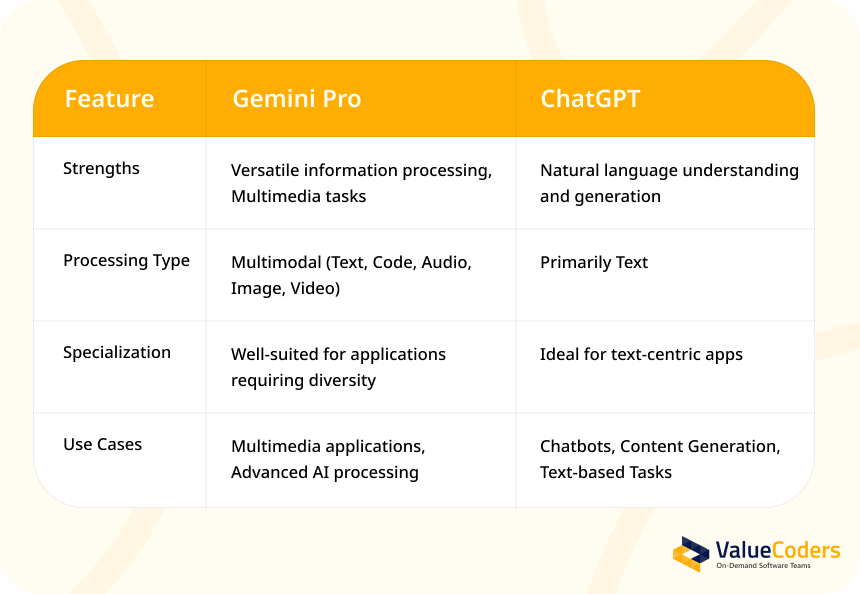Google's Gemini Chatbot: Faster, Wider, and More Powerful
Explore the latest updates to Google’s Gemini chatbot, including improved performance, expanded accessibility, and new features combating hallucinations.
In the fast-paced world of artificial intelligence (AI), Google is making significant strides to keep up with rivals like Anthropic and OpenAI. The tech giant is rolling out updates to its Gemini chatbot, focusing on performance and accessibility. Let’s dive into what’s new and how it impacts users in Asia and beyond.
Improved Performance and Accessibility
Starting Thursday, Gemini 1.5 Flash, a lightweight multimodal model, will be available on the web and mobile in 40 languages and around 230 countries. This model promises improvements in quality and latency, especially in reasoning and image understanding.
In the fast-paced world of artificial intelligence (AI), Google is making significant strides to keep up with rivals like Anthropic and OpenAI. The tech giant is rolling out updates to its Gemini chatbot, focusing on performance and accessibility. Let’s dive into what’s new and how it impacts users in Asia and beyond.
Improved Performance and Accessibility
Starting Thursday, Gemini 1.5 Flash, a lightweight multimodal model, will be available on the web and mobile in 40 languages and around 230 countries. This model promises improvements in quality and latency, especially in reasoning and image understanding.

Google is expanding Gemini’s context window to 32,000 tokens, roughly equivalent to 24,000 words or 48 pages of text. This means Gemini can now consider more input data before generating output, leading to better summaries and reasoning over longer text snippets.
Google is expanding Gemini’s context window to 32,000 tokens, roughly equivalent to 24,000 words or 48 pages of text. This means Gemini can now consider more input data before generating output, leading to better summaries and reasoning over longer text snippets.
Previously a paid feature, file uploads from Google Drive and local devices will soon be available to all Gemini users. This opens up new use cases, such as creating practice questions from study guides or analyzing data files.
Enhancing Transparency
To combat hallucinations, where the model makes things up, Google is previewing a feature that displays links to related web content beneath certain Gemini-generated answers. This move aims to make it more transparent which sources of info Gemini might be drawing from.
Global Expansion
Google is rolling out Gemini in Messages to the European Economic Area (EEA), U.K., and Switzerland, with new languages like French, Polish, and Spanish. The Gemini mobile app is also launching in more countries, and access is expanding to teens globally with additional safeguards in place.
Google is expanding Gemini’s context window to 32,000 tokens, roughly equivalent to 24,000 words or 48 pages of text. This means Gemini can now consider more input data before generating output, leading to better summaries and reasoning over longer text snippets.
Empowering Students
The use of AI tools by students is a hot topic. Google is taking proactive steps to ensure Gemini is used responsibly, introducing an AI literacy guide and additional policies to protect teens.
Asia is at the forefront of AI and AGI developments. With Gemini’s expanded accessibility and features, users in Asia can explore new use cases and push the boundaries of what’s possible with AI.
To try Google Gemini tap here.
How are you using AI tools like Gemini in your daily life or work? What features would you like to see next? Share your experiences and thoughts below, and don’t forget to subscribe for updates on AI and AGI developments.




















